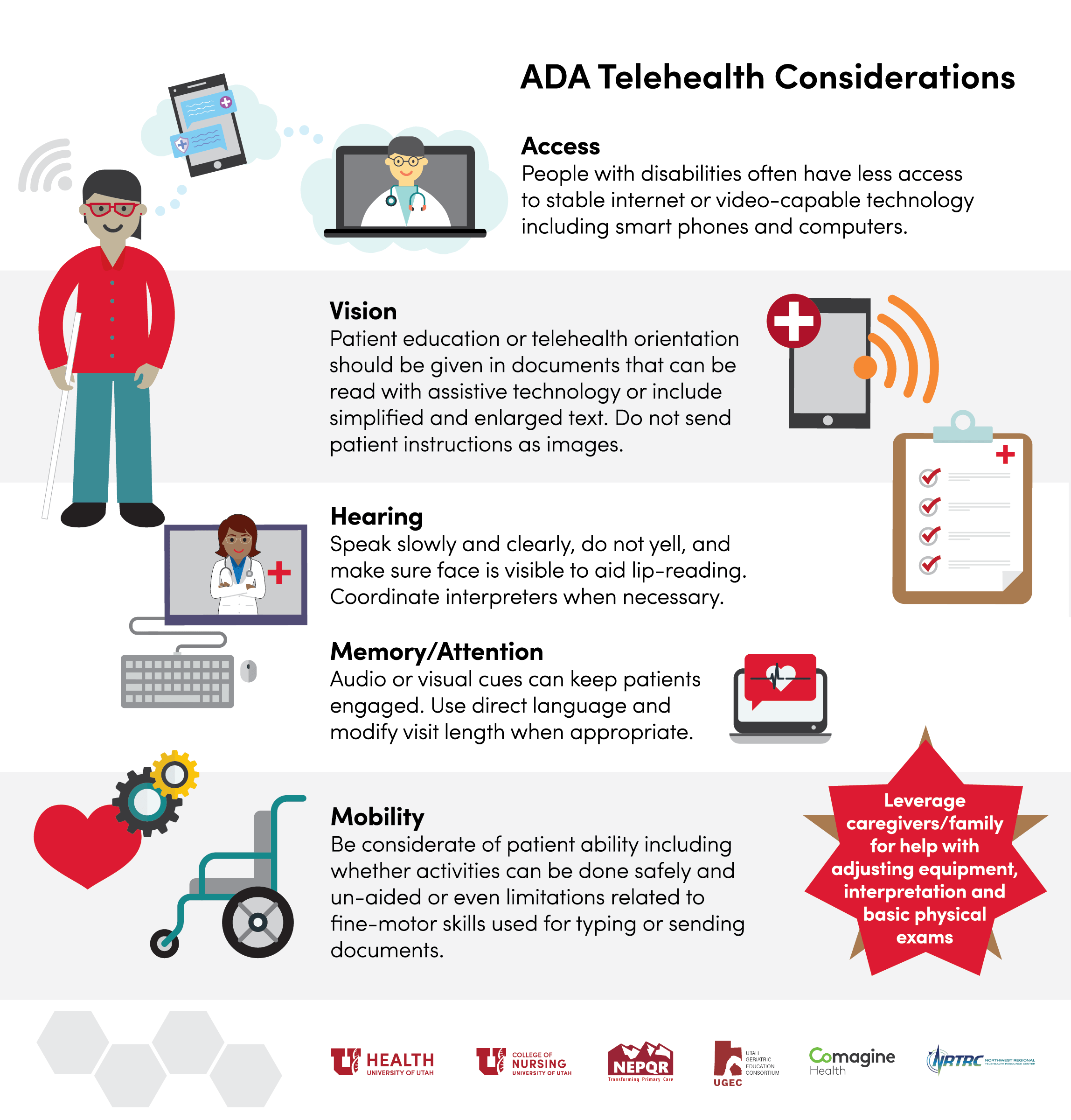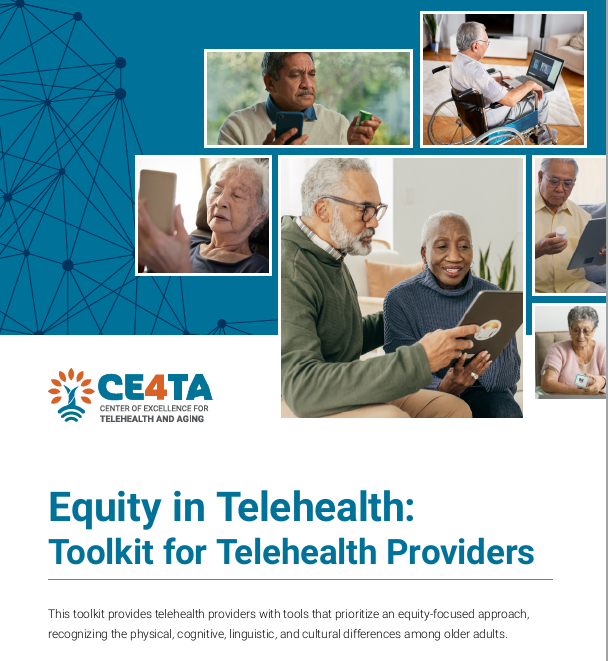Significant challenges exist for patients with disabilities when it comes to accessing both in-person and remote healthcare. In particular, barriers to communication access prevent patients with disabilities from utilizing telehealth to its fullest extent. The U.S. Department of Health & Human Services Office for Civil Rights (OCR) and the U.S. Department of Justice Civil Rights Division recently issued Guidance on Nondiscrimination in Telehealth: Federal Protections to Ensure Accessibility to People with Disabilities and Limited English Proficient Persons.
Additionally, in September, the Department of Health and Human Services (HHS) introduced a proposed rule aimed at enhancing protections for individuals with disabilities, including access through telehealth devices such as mobile apps, kiosks and requirements for accessible medical equipment. The proposed rule is designed to ensure that people with disabilities have equal opportunities to participate in and benefit from healthcare programs. The public comment period for this proposed rule closed on November 13, 2023.
- What are specific considerations for patients/clients with disabilities? Here is a nice graphic developed by the Northwest Regional TRC that answers this question:

Additionally, the National Consortium of Telehealth Resource Center has put together this fact sheet: Telehealth & Disability: Recommendations for Providers
Finally, through our Center of Excellence for Telehealth and Aging we have made available this Equity in Telehealth: Toolkit for Telehealth Providers developed by the West Health Institute (this toolkit is available for download free of charge, but does require you to register for a free account first).
- What kind of auxiliary aids and services are required by the ADA to ensure effective communication with individuals with hearing or vision impairments? The ADA National Network has compiled a really nice list of appropriate auxiliary aids and services.
-
- iCanConnect, also known as the National Deaf-Blind Equipment Distribution Program (NDBEDP), was established by the Federal Communications Commission (FCC). iCanConnect provides free equipment including smartphones, tablets, computers, screen readers, braille displays, and more to people who meet federal disability and income guidelines.
-
- National Assistive Technology Act Technical Assistance and Training (AT3) Center is your one-stop connection to information about the Assistive Technology Act, State Assistive Technology Programs, and general assistive technology and has this Program Directory of State Assistive Technology Programs.
- Are there best practices for working with deaf or hard of hearing patients?
-
- The National Association of the Deaf has developed the following resources:
-
- Hearing Loss Association of America has developed the following resources:
-
- The North Carolina Department of Health and Human Services has created this outstanding collection of Telehealth Guidance and Resources: Communication Access for Deaf, Hard of Hearing and DeafBlind Patients and their Providers.
- Are there any examples of these best practices?
- The National Consortium of Telehealth Resource Centers hosted the following webinars:
- "Can You Hear Me? Equitable Access To Telehealth For Deaf, Hard Of Hearing, And Deaf-Blind Patients". This webinar guides you through real-life scenarios, showcasing effective communication strategies (as well as not-so successful ones)
- "Building Accessible Telehealth For Patients With Disabilities From The Ground Up". This webinar features two operational case studies of how telehealth was successfully implemented for those with disabilities.
- The National Consortium of Telehealth Resource Centers hosted the following webinars:
The ADA National Network consists of 10 regional ADA Centers and an ADA Knowledge Translation Center to provide local assistance and foster implementation of the ADA. If you need further assistance, you are encouraged to Contact your ADA Center!


